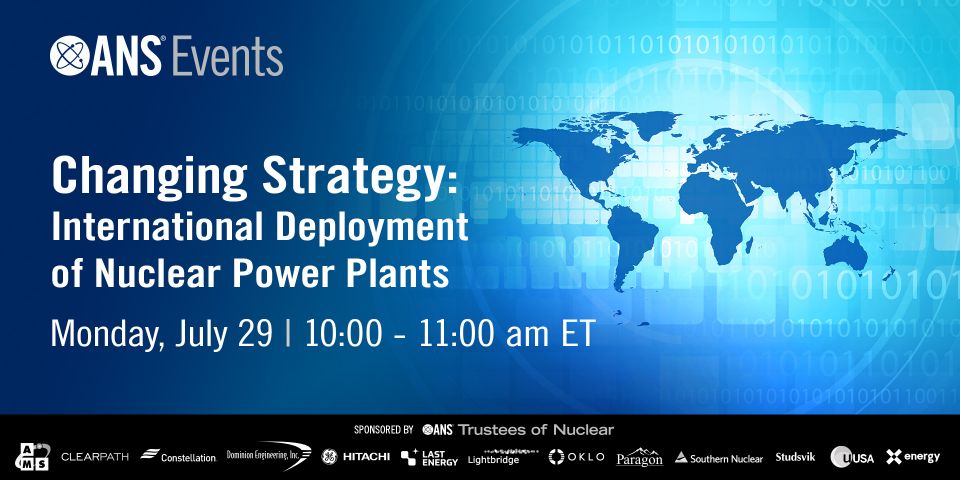WNA report: Nuclear power generation increased globally in 2023

The World Nuclear Association's annual World Nuclear Performance Report provides up-to-date details about the nuclear power sector for both existing nuclear electricity generators and reactors under construction.
Average capacity factor of nuclear reactors increased by 1 percent—reaching 81.5 percent—last year. The report, published on August 20, shows that nuclear generation increased by 58 terawatt-hours in 2023, providing 2,602 TWh, or 9 percent, of the world’s electricity production.









